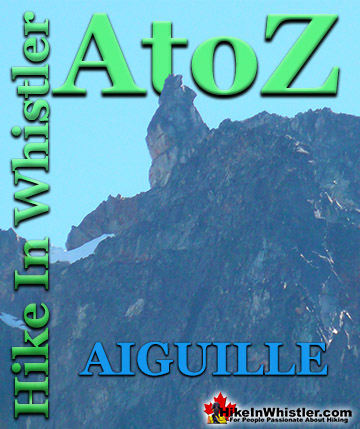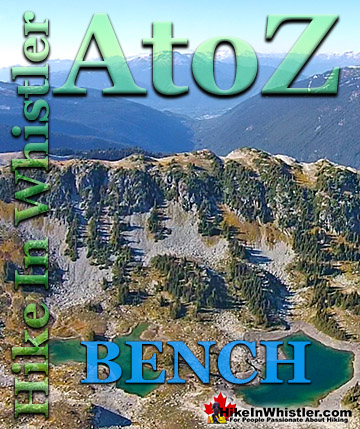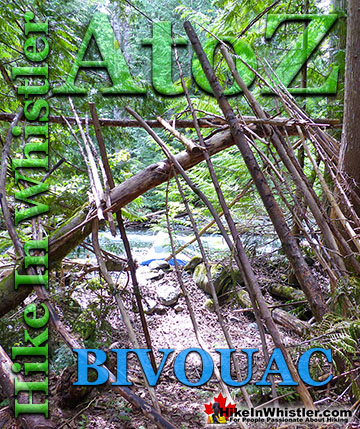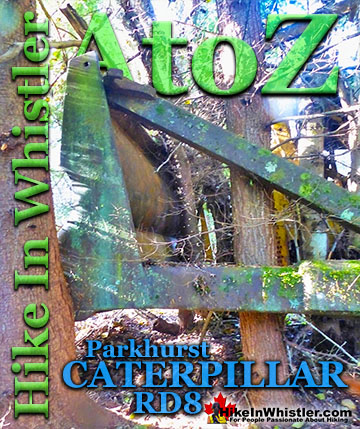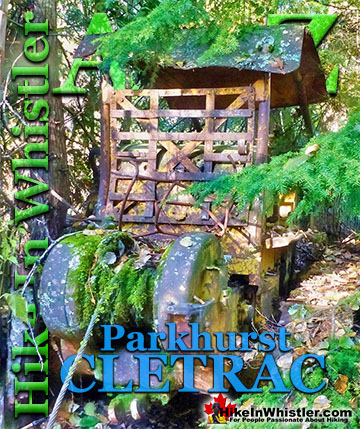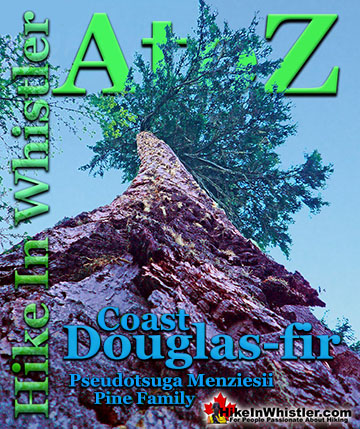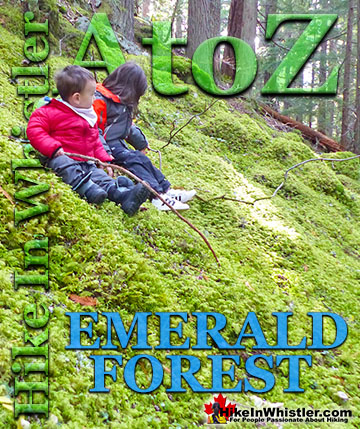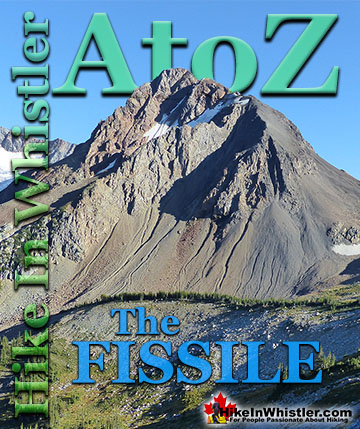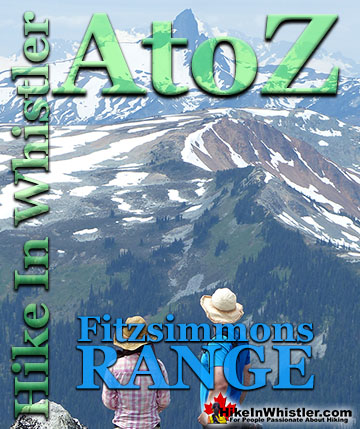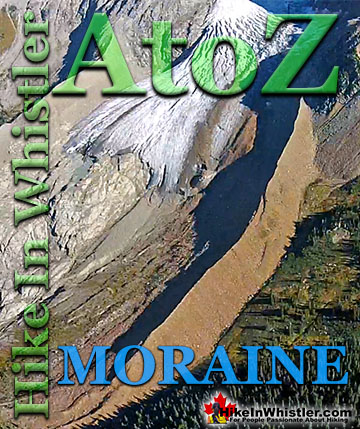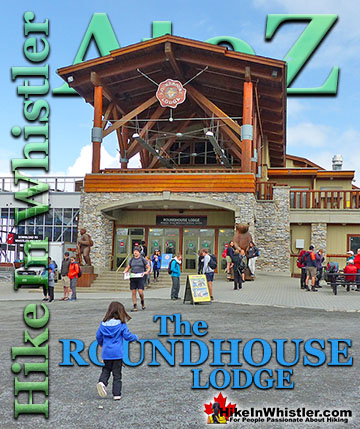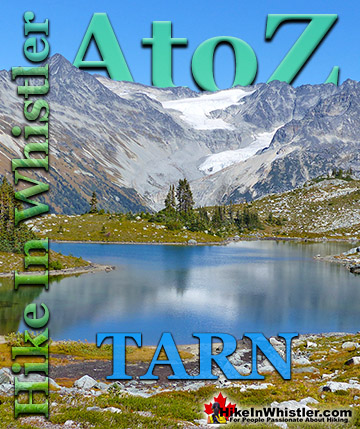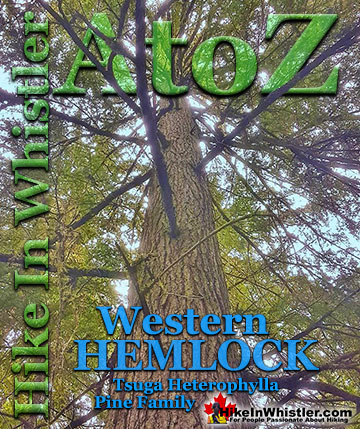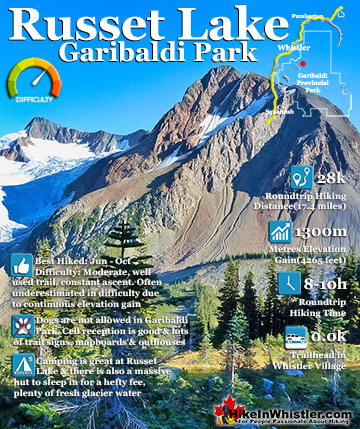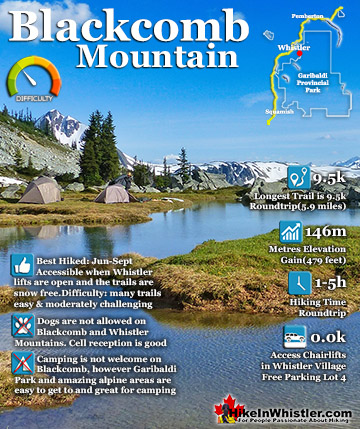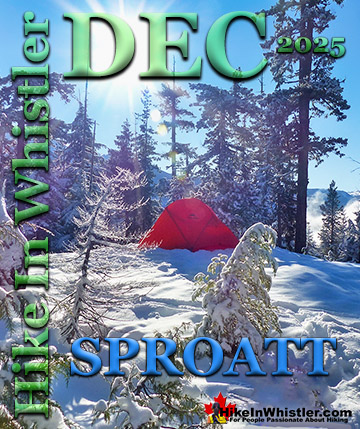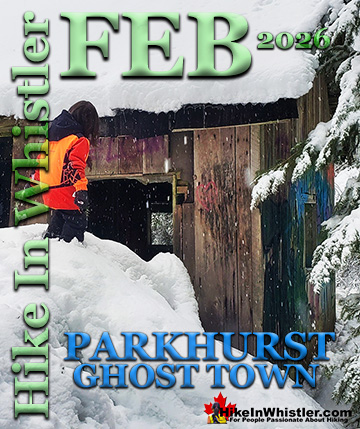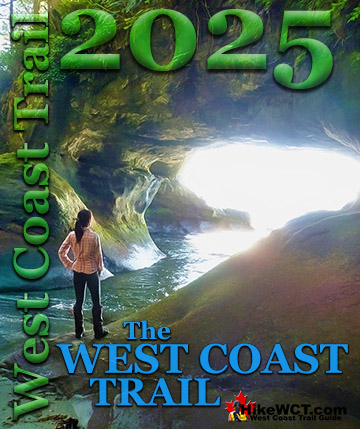
![]() Ablation Zone: the lower altitude region of a glacier where there is a net loss of ice mass due to melting, sublimation, evaporation, ice calving or avalanche. The ablation zone of a glacier such as the Wedgemount Glacier has meltwater features such as englacial streams and a glacier window. An englacial stream refers to meltwater flowing inside a glacier. A glacier window is a cave-like opening at the mouth of a glacier where meltwater runs out.
Ablation Zone: the lower altitude region of a glacier where there is a net loss of ice mass due to melting, sublimation, evaporation, ice calving or avalanche. The ablation zone of a glacier such as the Wedgemount Glacier has meltwater features such as englacial streams and a glacier window. An englacial stream refers to meltwater flowing inside a glacier. A glacier window is a cave-like opening at the mouth of a glacier where meltwater runs out.



